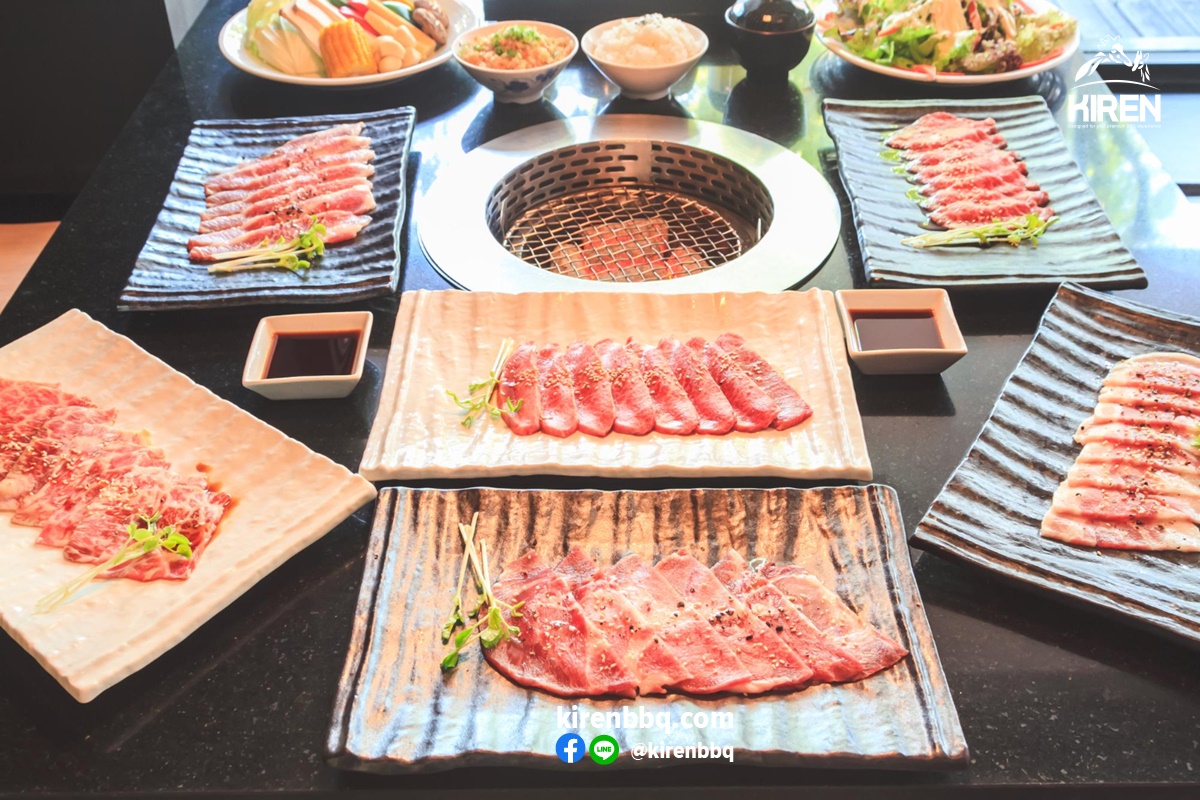How to Prepare Ingredients to Meet Customer Expectations
1537 Views |


How to Prepare Ingredients to Meet Customer Expectations
1. Protein Category
Basic proteins include pork, beef, chicken, fish, seafood, and processed meats. Each type should be trimmed and divided into various cuts to give customers more options.
2. Vegetable Category
Vegetables that should be available include morning glory, cabbage, carrots, pumpkin, Chinese cabbage, sweet corn, baby corn, enoki mushrooms, king oyster mushrooms, black fungus, shiitake mushrooms, tofu, etc. The focus should be on providing a variety of colors and types of vegetables.
3. Carbohydrate Category
This category should include white rice, garlic fried rice, fried rice, glass noodles, instant noodles, and options for health-conscious customers, such as low-calorie noodles.
4. Appetizer Category
Popular appetizers often include fried items such as sausages, Vietnamese sausage, French fries, nuggets, etc. You might also consider offering a salad bar, dim sum, spicy salads, and som tam to balance the meal.
5. Sauce Category
Essential sauces include sukiyaki sauce, seafood sauce, and Jaew sauce. Additionally, there should be a station where customers can customize their sauces with ingredients such as chopped fresh chilies, minced garlic, chopped spring onions, cilantro, seasonings like salt, sugar, MSG, roasted rice, etc., depending on the restaurants sauce recipes.
6. Dessert Category
Basic desserts include seasonal fruits and various flavors of ice cream. Since desserts are not the main part of the meal, focus on taste and quality rather than variety unless the restaurant can make desserts a unique selling point.
7. Beverage Category
Beverages should include water, various soft drinks, fruit juices, and flavored teas. Additionally, alcoholic beverages may be offered in restaurants with a license to sell alcohol.

Ensuring Success: Quality Matters as Much as Variety
Variety is important, but quality is paramount. No matter how many ingredients you offer, just one instance of a subpar product can damage the restaurants reputation.
Therefore, it is essential for the restaurant to have a process in place to consistently maintain the quality of ingredients delivered to customers.
1. Establish relationships with reliable suppliers and have backup plans for emergencies.
<span style="font-size:



